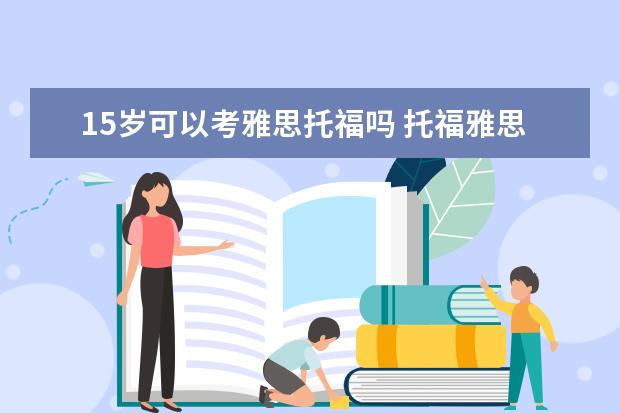当前城市:淄博[切换]
- 手机雅思无忧

扫码登录
雅思考试主要是通过对考生听、说、读、写四个方面英语能力的考核,综合测评考生的英语沟通运用能力,实现“沟通为本”的考试理念。对于雅思考生来说,也有很多考试难点和政策盲区需要帮助解答。今天雅思无忧网小编准备了雅思写作8分范文:不同年龄段学生参加学习,希望通过文章来解决雅思考生这方面的疑难问题,敬请关注。
以上就是雅思无忧网为您准备的访问雅思无忧网(https://www.yasi.cn/),了解更多雅思考试新消息,新动态。
雅思培训 吉林雅思写作task1题目回忆:不同年龄段人民的消费占比
吉林雅思写作task1题目回忆:不同年龄段人民的消费占比
雅思考试主要是通过对考生听、说、读、写四个方面英语能力的考核,综合测评考生的英语沟通运用能力,实现“
2021年10月18日 15:47 雅思口语part3题目--哪个年龄段开始组建家庭合适
雅思口语part3题目--哪个年龄段开始组建家庭合适
今天为大家介绍的是雅思口语part3的一个题目以及解答思路。希望同学们学习具体答题思路,了解回答的方
2021年09月26日 20:43 山西雅思柱状图题范文:英国不同年龄段看电影的比例
山西雅思柱状图题范文:英国不同年龄段看电影的比例
雅思考试主要是通过对考生听、说、读、写四个方面英语能力的考核,综合测评考生的英语沟通运用能力,实现“
2021年10月16日 15:13 吉林雅思柱状图范文:不同年龄段人民的消费占比
吉林雅思柱状图范文:不同年龄段人民的消费占比
雅思考试主要是通过对考生听、说、读、写四个方面英语能力的考核,综合测评考生的英语沟通运用能力,实现“
2021年10月18日 15:48 雅思口语part3题目--哪个年龄段开始组建家庭合适
雅思口语part3题目--哪个年龄段开始组建家庭合适
雅思考试主要是通过对考生听、说、读、写四个方面英语能力的考核,综合测评考生的英语沟通运用能力,实现“
2023年01月03日 21:03 雅思8分图表范文:不同年龄段的学习原因
雅思8分图表范文:不同年龄段的学习原因
雅思考试主要是通过对考生听、说、读、写四个方面英语能力的考核,综合测评考生的英语沟通运用能力,实现“
2023年01月28日 14:36 15岁可以考雅思托福吗 托福雅思考试各在什么年龄段考最合适?
15岁可以考雅思托福吗 托福雅思考试各在什么年龄段考最合适?
雅思考试主要是通过对考生听、说、读、写四个方面英语能力的考核,综合测评考生的英语沟通运用能力,实现“
2023年08月05日 05:32 多大年龄考雅思合适呢 托福雅思考试各在什么年龄段考最合适?
多大年龄考雅思合适呢 托福雅思考试各在什么年龄段考最合适?
雅思考试主要是通过对考生听、说、读、写四个方面英语能力的考核,综合测评考生的英语沟通运用能力,实现“
2023年08月05日 12:09 多大年龄考雅思 什么样的年龄段适合考雅思?
多大年龄考雅思 什么样的年龄段适合考雅思?
雅思考试主要是通过对考生听、说、读、写四个方面英语能力的考核,综合测评考生的英语沟通运用能力,实现“
2023年08月01日 18:28 多大年龄考雅思比较好 托福雅思考试各在什么年龄段考最合适?
多大年龄考雅思比较好 托福雅思考试各在什么年龄段考最合适?
雅思考试主要是通过对考生听、说、读、写四个方面英语能力的考核,综合测评考生的英语沟通运用能力,实现“
2023年08月02日 11:27